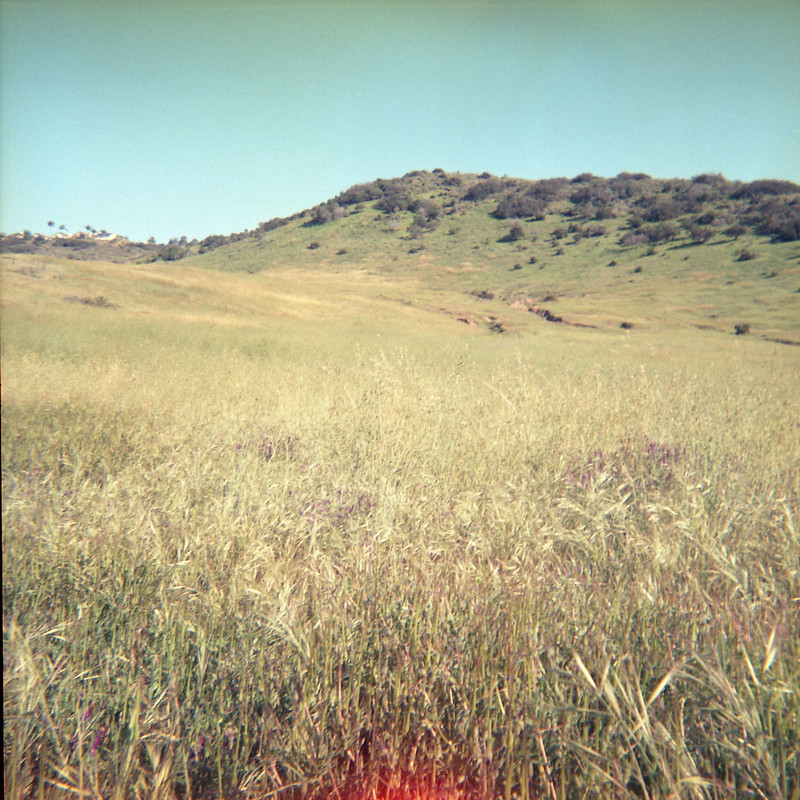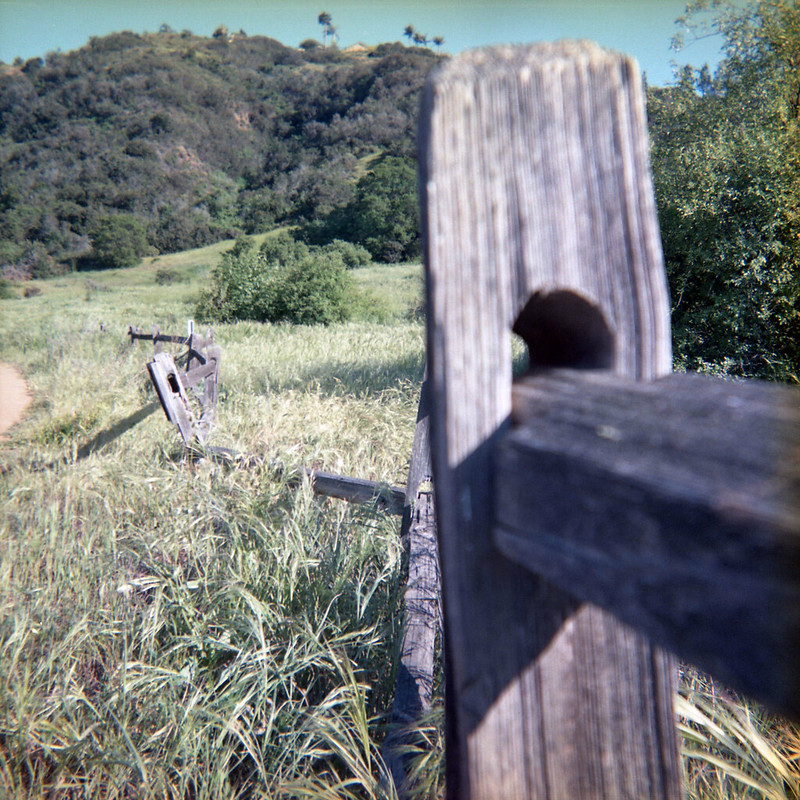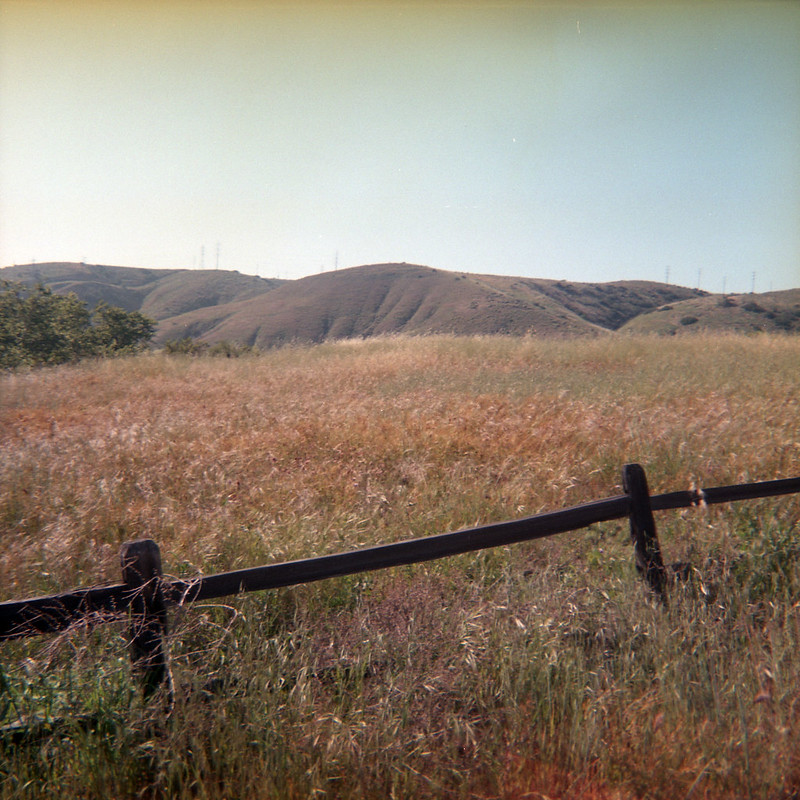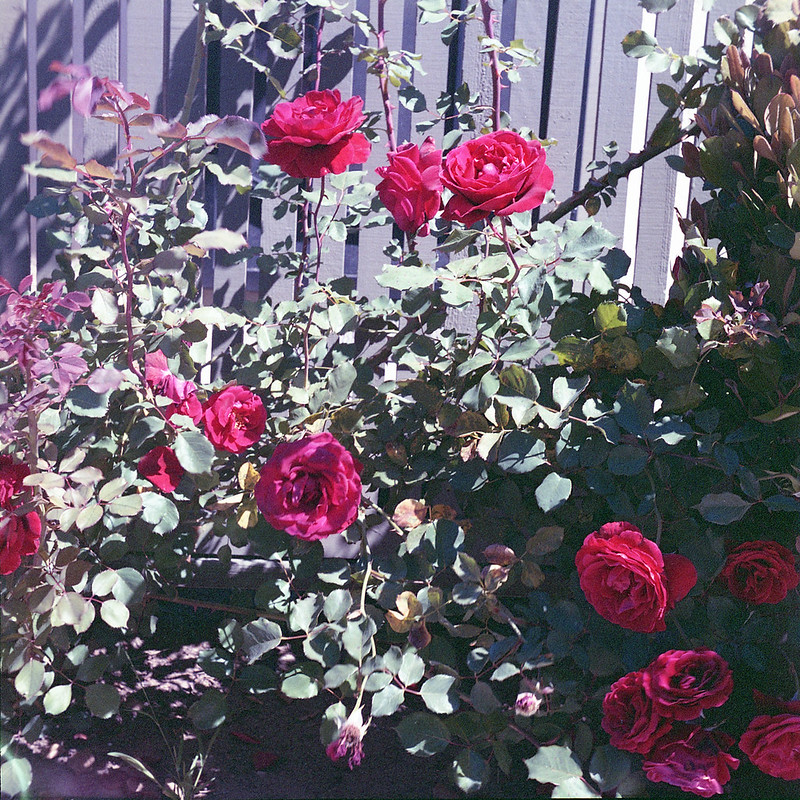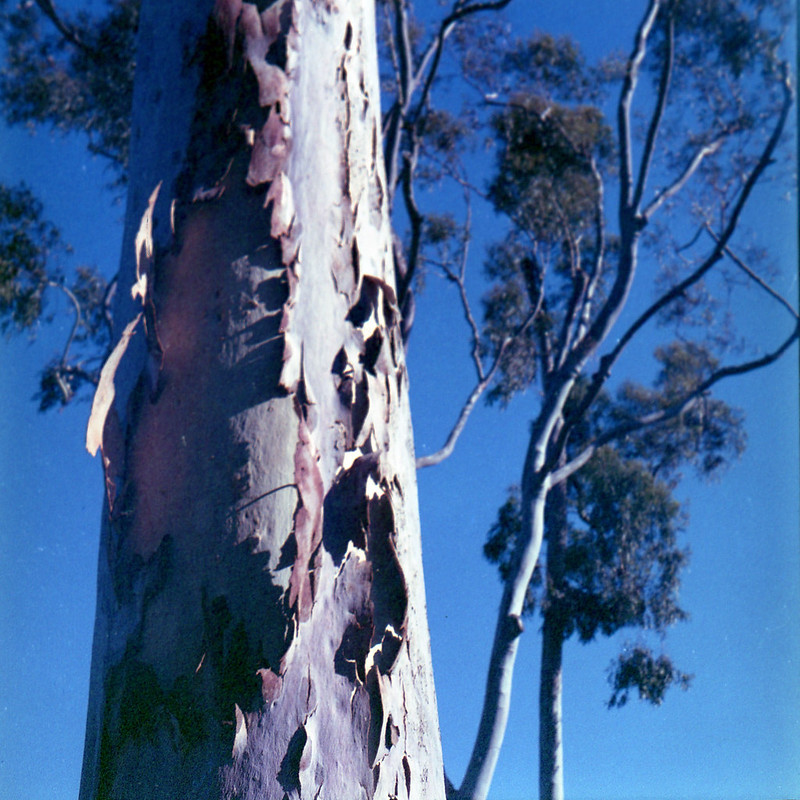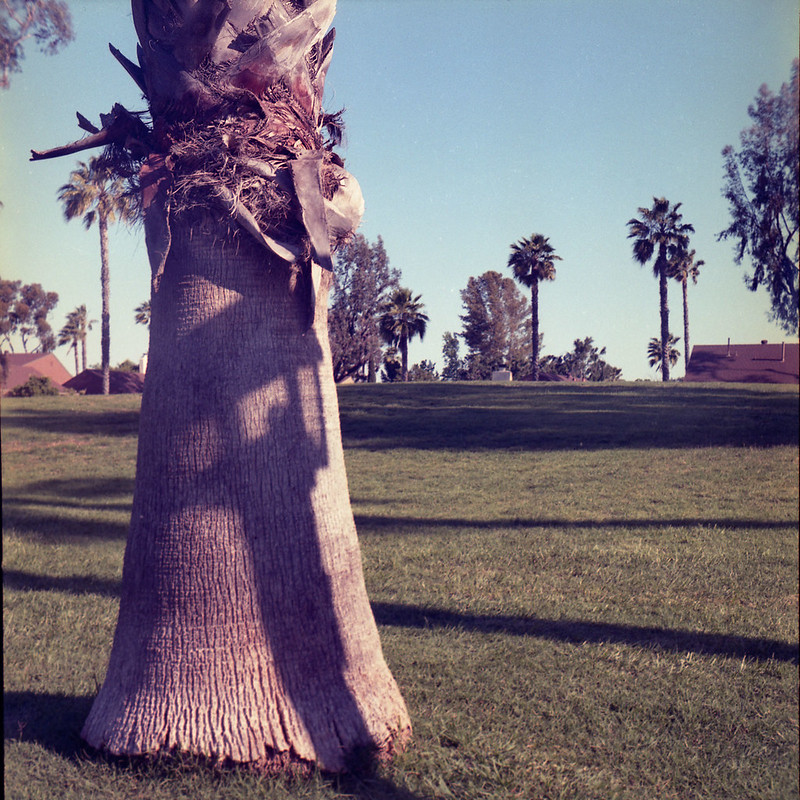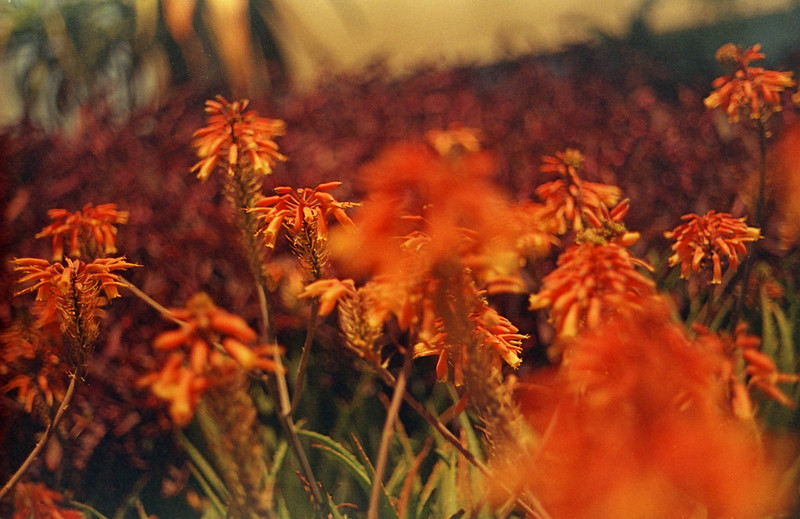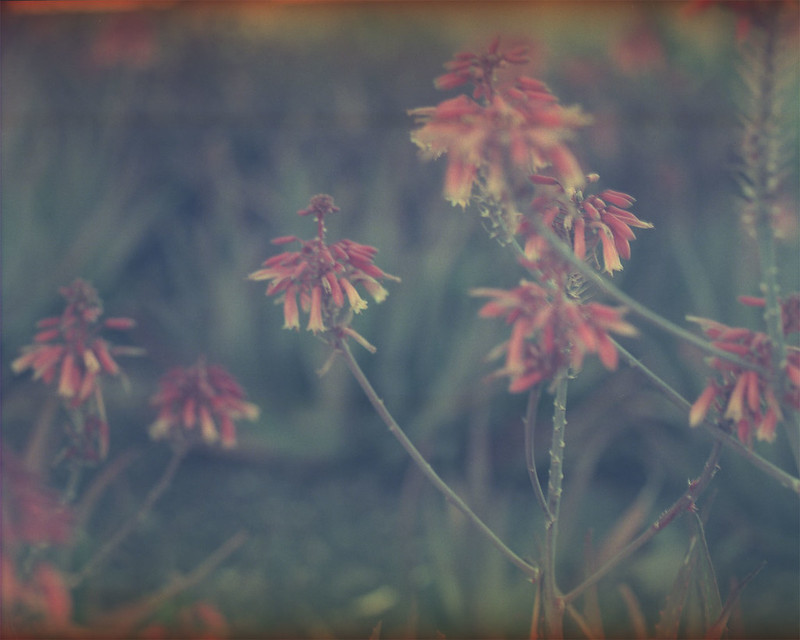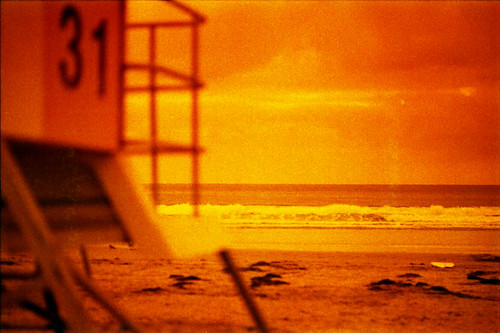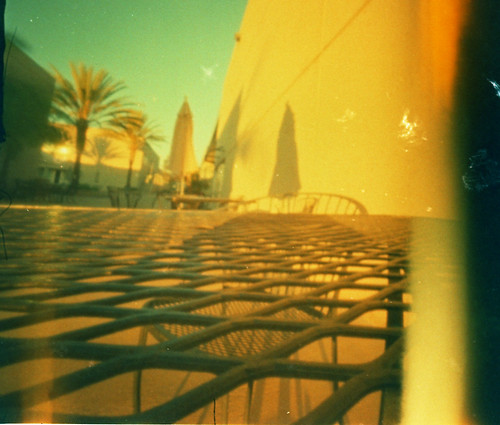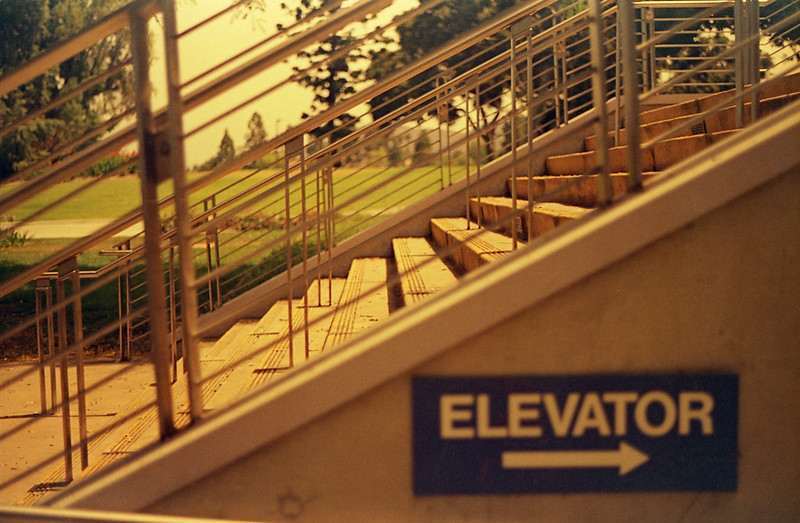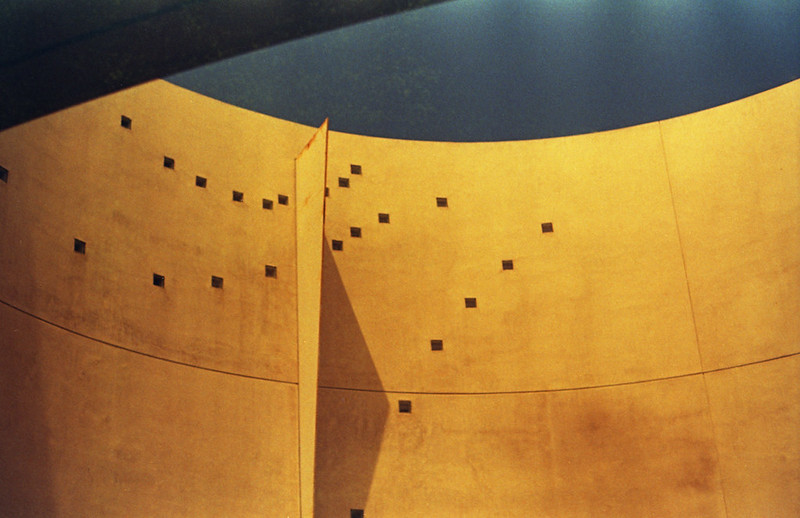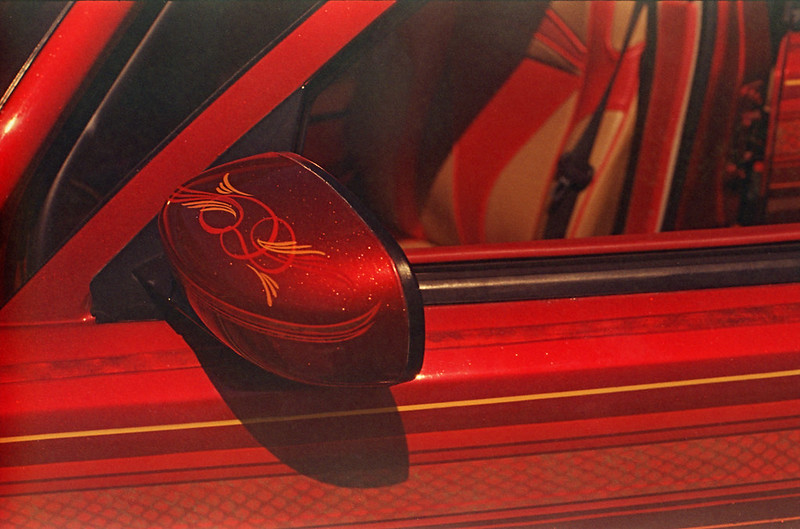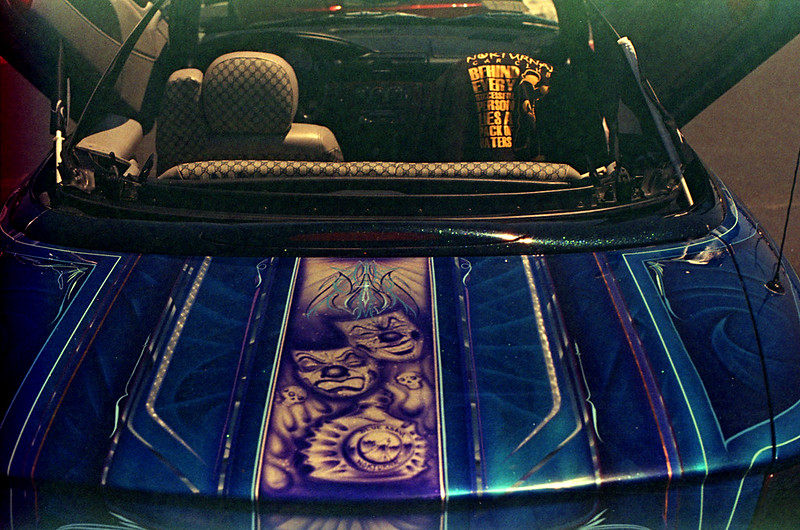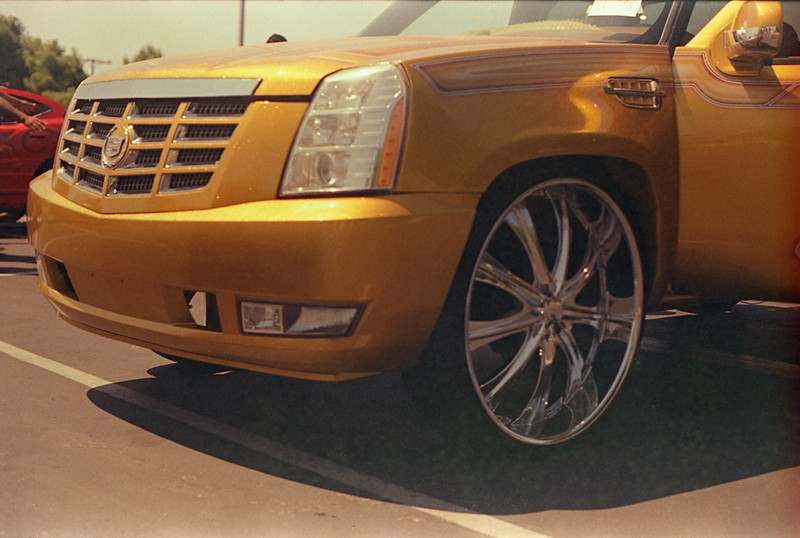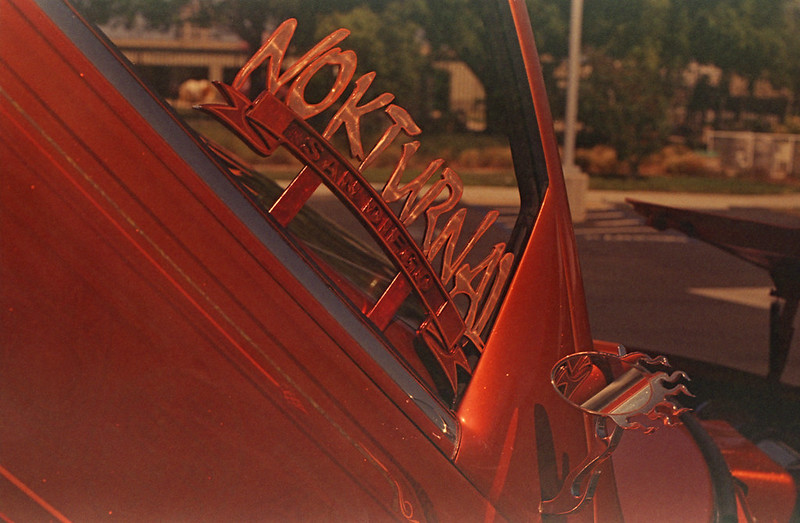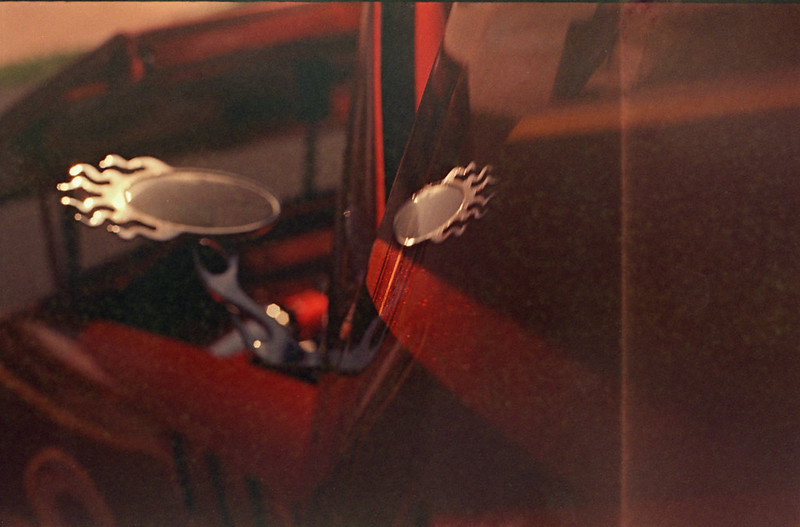If you have by chance read any of the other posts on this blog, you might have gotten the impression that I am into do-it-yourself (DIY) film developing and historic (aka 'alt') processes printing. That is really only half true. The other half of this blog is that I'm really cheap and am always looking for ways to economize with my photography hobby. The third half is that I just like taking pictures on film rather than with digital devices. So having said that, this post is about my first foray into making my own color developers. I started down this path when I somehow cross-contaminated my Unicolor developer with the blix, thereby killing all activity and pulling 3 completely clear rolls of film out of my developing tank. That sucked and it was completely my own fault for not doing a test strip. Always do a test strip in the developer! Anyway, I was faced with the choice of buying another kit (not a bad or really expensive option) or figuring out how to make my own (attractive to the chemist in me and probably cheaper). I googled up this post over on Flickr and it seemed like a reasonable place to start. I had most of the chemicals, so I just needed to get the developers for C-41 and ECN2. ECN2 is the process used for 35mm movie film (like Cinestill). Most people just cross process it in C-41 and it looks fine, but I thought there was enough overlap in the chemistry that I could just get the developer and give it a try.
I bought the developers from Artcraft and the other components either from Amazon or eBay. I did the calculations for both developers and bleaches and they came out pretty close. For a liter each of C41 developer and bleach it cost $5.47 and for a liter each of ECN2 developer and bleach it cost $4.57. I used my regular Ilford Rapid Fix diluted 1:4 and didn't include that in the cost, but it's cheap too. I know that (if I'm careful) I can get 25+ rolls through a Unicolor kit. So if I only get 5 through this DIY mix, that effects the price per roll. That will take longer to determine, so stay tuned.
These are the recipes I used for each developer and bleach:
| C-41 Developer | ECN2 Developer |
| Sodium Carbonate - 24g | Sodium Sulfite - 2g |
| Sodium Sulfite - 3.6g | Potassium Bromide - 1.4g |
| Potassium Bromide - 1.6g | Sodium Carbonate - 25.6g |
| Hydroxylamine Sulfate - 2g | Sodium Bicarbonate - 2.8g |
| CD4 - 5g | CD3 - 4g |
| Distilled water to make 1L | Distilled water to make 1L |
| C-41 Bleach | ECN2 Bleach |
| Potassium Ferricyanide - 80g | Potassium Ferricyanide - 40g |
| Potassium Bromide - 20g | Potassium Bromide - 29g |
| Distilled water to make 1L | Distilled water to make 1L |
| C-41 Times all 100F | ECN2 Times |
| Developer - 3:15 | Developer - 3:00 @ 106F |
| Stop - 00:45 | Stop - 1:00 @ 100F |
| Rinse - 00:30 | Rinse - 1:00 @ 100F |
| Bleach - 3:30 | Bleach - 6:00 @ 106F |
| Wash - 1:00 | Wash - 1:00 @ 100F |
| Fix - 5:00 | Fix - 5:00 @ 100F |
| Wash & fotoflow - 5:00 | Wash & fotoflow - 5:00 @ 100F |
Here's what I did to test out the developers. I loaded up a roll of expired Eterna 500T into each of two comparable cameras (Pentax K1000 and Chinon CP5)with comparable lenses (50mm f/1.8-ish). I used the Chinon to meter at iso 250 (1 stop over exposed per decade past expiry) and then set the K1000 to the same exposure and took the same shot. I put both rolls into a dev tank and soaked them in remjet remover then shook and rinsed in tap water until it ran clear. Then I put one roll into a different developing tank. I repeated the shooting process with two rolls of regular C-41 film (Fujicolor 100 - expired, shot at iso 50). Each of those rolls went in with one of the Eterna rolls and I developed one tank with my DIY C-41 developer and one tank with my DIY ECN2 developer. So what I have now is two rolls with identical shots, one developed in 'native' chemistry and one cross-processed. I scanned each roll with color correction turned off, then I scanned it again with color correction turned on. I am using my Epson Perfection V600 flatbed scanner with the bundled EpsonScan software. So enough talk, let's see some pictures!
First up we have the Eterna.
Images on the left are developed in native ECN2 chemistry and images on the right are x-pro'd in C-41. First I did a straight scan with no color correction. These are obviously different. The C41 developer made denser negatives. They weren't so dense that the scanner had any trouble with them, but just good to know in case you are intentionally over-exposing, which is a common practice with color negative film. The color difference on the raw scan is not really reflective of any real difference in the color of the negatives as I look at them. Just the density seems to be different. Now let's see what the scanner does with color correction.
Now we're getting something interesting. Never mind the low contrast on the lower left shot, that's probably an issue with the scanner on that frame. I could have corrected it, but I really wanted to compare the color hue between the two processes. What I see is that the native process is reproducing a more 'true' color. That shouldn't surprise me, but I never really thought that C41 x-pro of cine film gave much of an "x-pro" look. I always thought it was just the tungsten balance cooling everything down. But now I can clearly see that the colors are shifted, and significantly.
Next let's look at the Fujicolor 100 film, designed for the C-41 process. For consistency, I will keep the ECN2 negatives on the left and the C-41 on the right. First the raw scans.
Pretty much the same story here. Not much to say, but the ECN2 negs are denser. But look at the color corrected scans.
The Fujicolor C-41 film is actually showing more dynamic range in the ECN2 developer. Now that's interesting. There is some color shifting going on as the orange umbrella on the right is the 'truer' color, but given this 'out of the box' corrected scan, I think I like the ECN2 developer results better!
So what did I learn with this little experiment? I think either film works adequately in either one of these DIY developers. Now it comes down to personal preference. Do I like the x-pros or the natives? I think I like the x-pros better in both cases. The C-41 developer gives the Eterna a bit more of that "cinematic" look that I want when I shoot that film. The ECN2 developer certainly provides a saturation and dynamic range bump to the C-41 film thought the blue-shift might need a little work in post. I am excited to try these developers on different color films in the future. Since they are so cheap to make, I suspect that they will become my regular CN developers going forward.
Please leave a comment if you have any further information, or experience with these homemade developers. I'd love to hear from you. Also, check out my Flickr album to see more photos from these rolls.















